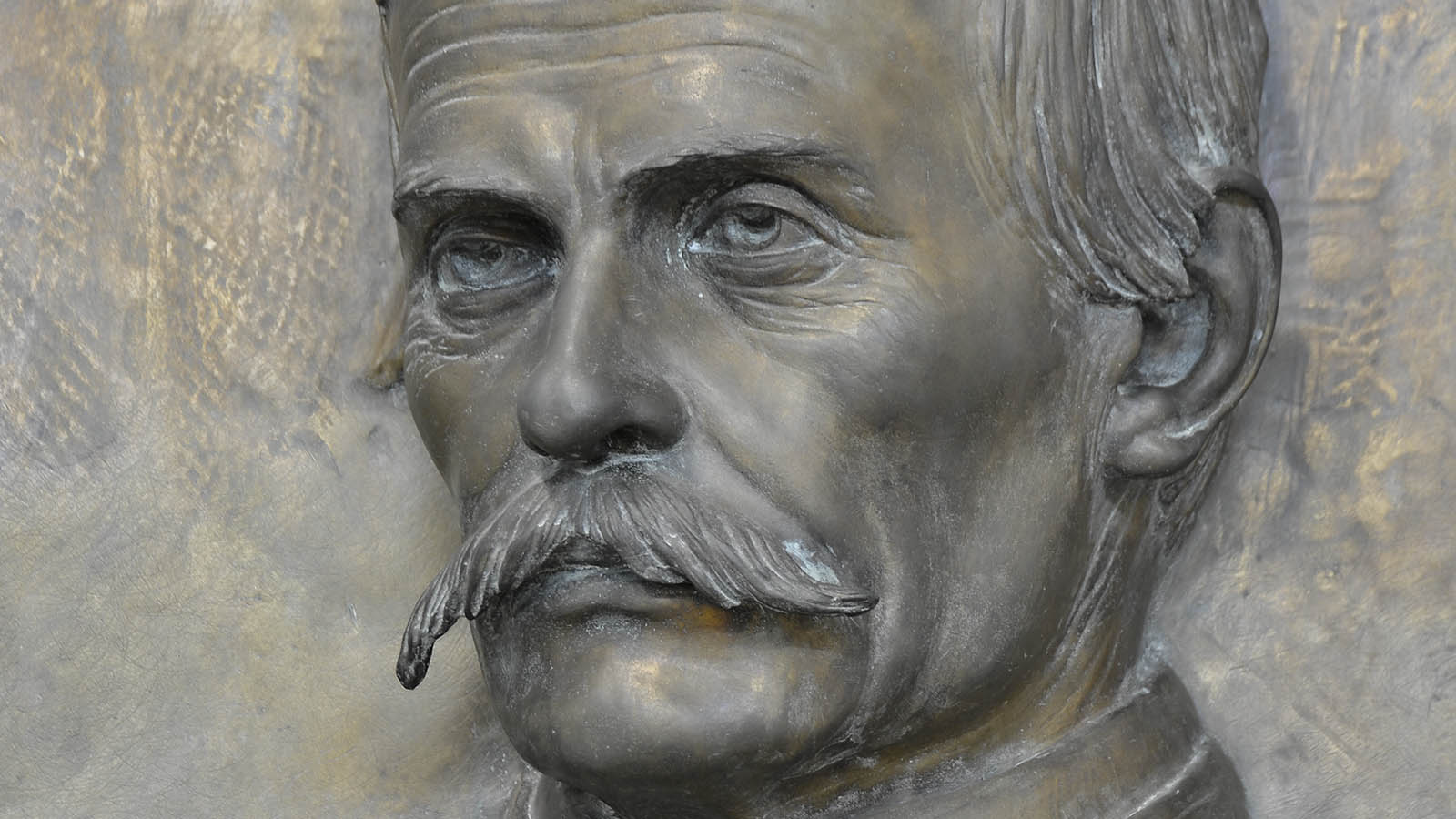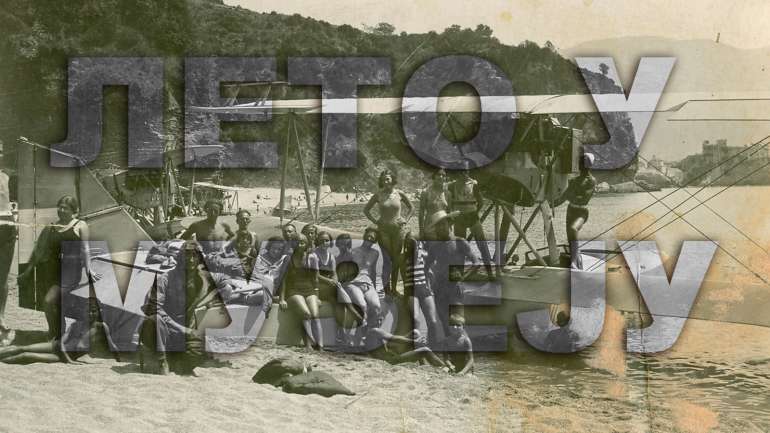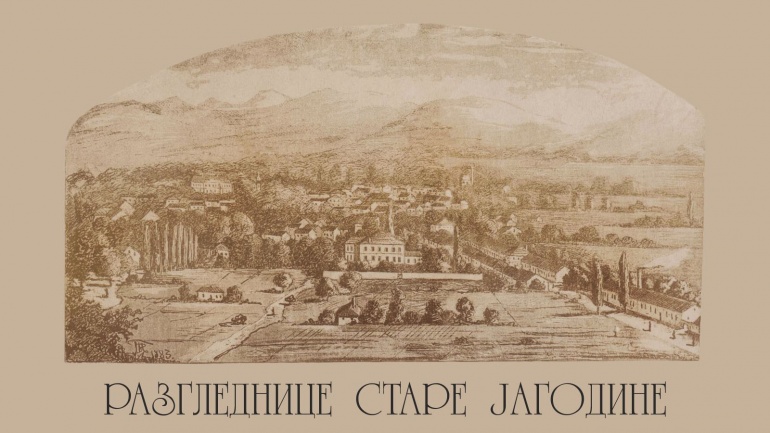By: Branislav Cvetković, museum advisor
Protection of cultural heritage, although regulated by laws and decrees often does not reach necessary scope. There are many reasons, from non-compliance with law and widespread vandalism to that a large number of monuments have not been listed.
The weather conditions, natural disasters, and war destruction also have a devastating impact on state of cultural and historical heritage. The reason for this review concerns public monuments of one of the once leading families of old Jagodina, which today has no descendants or heirs. We are talking about the Kosovljanin family, whose progenitor is Jovan Nikolić (1818-1882), the first owner of the Jagodina Brewery, who took this surname due to his Kosovo origin.
His bronze portrait in deep relief from 1903, work of the important sculptor Simeon Roksandić, is kept in our Museum. It is one of the most striking items on the permanent exhibition because as the first public sculpture in Jagodina, it was originally located on the facade of the Jagodina Brewery. During the retreat of the Austro-Hungarian troops in 1918, the brewery was damaged when it also fell from its place, and since 1971 it has been kept in our Museum. During the creation of the portrait, the sculptor used as a template a small painted portrait that was once located in Belgrade, in the apartment of Jovan Kojić, the great-grandson of Kosovljanin, where some episodes of the TV series “Bolji život” were filmed, so that interesting picture may also occasionally be seen on a chest in the background.
Jovan Kosovljanin was also recorded elsewhere, in a painted portrait by Đura Jakšić and a couple of photographs. One was also on a tall obelisk of black marble at the Kosovljanin family tomb at at Old Cemetery in Jagodina, but it is no longer there. Back in 2017, after many years under the influence of sun and frost, the oval medallions with the images of Jovan Kosovljanin and his son Mihajlo fell from the frames. Fortunately, Vladan Dimitrijević, a friend of our Museum, noticed this in time, so the fallen medallions were transferred to the museum depot. Mihailo’s portrait, as it was on a low plate, was not damaged, but Jovan’s was broken into three pieces because it fell from a greater height. Several days ago, the image of Jovan’s wife Katarina (1829-1879) also disappeared from the obelisk, but unfortunately we could not retrieve it. Before the medallions started falling off, the Kosovljanin family tomb was already heavily devastated as half of the wrought iron fence was removed from the plot and most likely sold as scrap metal. Since the monuments at the Old Cemetery are constantly looked after by our museum teams, a large number of them have been recorded for documentation but, alas, this is not enough to preserve the heritage in an appropriate manner. Along with the sad fate of the Jagodina Brewery, the family tomb of its first owners is collapsing. On the plaque under the obelisk there are still medalions with figures of Mihajlo’s wife Calliope, Greek by origin from Pest, as well as their two children, Danica and Jovan, who both died in 1918 in the Spanish flu epidemic.





